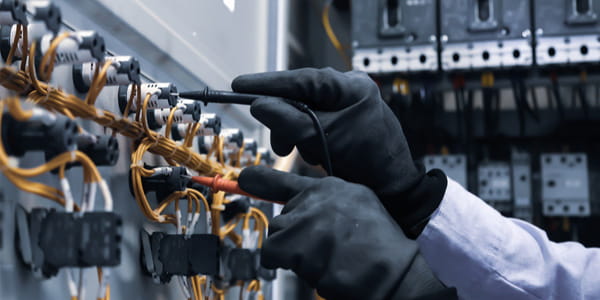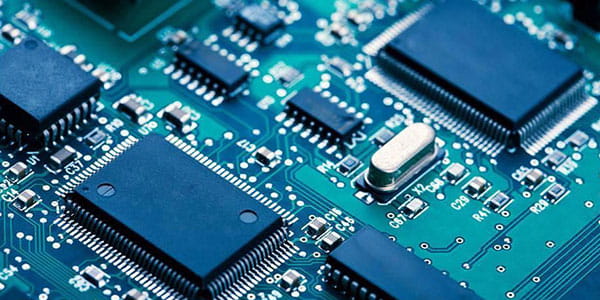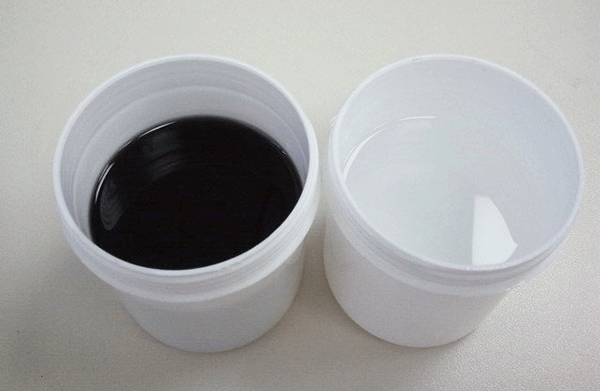What are the types of Silicone potting compound for PCB boards? What are the characteristics of each
 Sep 08,2023
Sep 08,2023

 Hanast
Hanast
There are three main types of silicone potting compound for PCB boards on the market: polyurethane potting compound, epoxy resin potting compound, and organic silicon potting compound. So, what's the difference between them? How to distinguish when making a selection? Below is a specific analysis of the advantages and disadvantages of three types of sealing adhesives for HANAST.
1、 Epoxy resin potting compound
Advantages: The epoxy resin sealing adhesive has high hardness. The advantages of epoxy resin sealing adhesive lie in its good adhesion to the material, good insulation, and good acid and alkali resistance of the cured material. Epoxy resin generally has a temperature resistance of around 100 ℃. The material can be used as a transparent material with good transparency. The price is relatively cheap.
Disadvantages: Weak resistance to cold and hot changes, prone to cracks after being subjected to cold and hot impacts, resulting in water vapor seeping into electronic components from the cracks and poor moisture resistance; After solidification, the colloid has a high hardness and brittleness, and high mechanical stress can easily strain electronic components; Once the epoxy resin is sealed and cured, it cannot be opened due to its high hardness, so the product is a "lifetime" product and cannot be replaced with components; Transparent epoxy resin materials generally have poor weather resistance and are prone to yellowing under light or high temperature conditions.
Application scope: Generally used for sealing non precision electronic devices such as LEDs, transformers, regulators, industrial electronics, relays, controllers, power modules, etc.
2、 Polyurethane potting compound
Advantages: Polyurethane potting adhesive has excellent low-temperature resistance, slightly soft material, and good adhesion to general potting materials. Its adhesion is between epoxy resin and silicone. It has good waterproof, moisture-proof, and insulation properties.
Disadvantages: Poor high-temperature resistance and easy foaming, requiring vacuum defoaming; After curing, the colloid surface is not smooth and has poor toughness. The anti-aging ability, seismic resistance and ultraviolet radiation are weak, and the colloid is easy to change color.
Application scope: Generally used for sealing electronic components with low heat generation. Transformers, anti current coils, converters, capacitors, coils, inductors, varistors, linear engines, fixed rotors, circuit boards, LEDs, pumps, etc.
3、 Silicone potting compound
Advantages: The silicone potting adhesive is soft after curing, and has two forms: solid rubber and silicone gel, which can eliminate most of the mechanical stress and have the effect of shock absorption protection. Stable physical and chemical properties, with good resistance to high and low temperatures, capable of long-term operation within the range of -50~200 ℃. Excellent weather resistance, able to provide good protection outdoors for over 20 years, and not prone to yellowing. It has excellent electrical performance and insulation ability, effectively improving the insulation between internal components and circuits after encapsulation, and improving the stability of electronic components. With excellent repair ability, it can quickly and conveniently remove, repair, and replace sealed components.
Disadvantage: Slightly poor bonding performance.
Application scope: Suitable for sealing various high-end precision/sensitive electronic devices that work in harsh environments. Such as LEDs, display screens, photovoltaic materials, diodes, semiconductor devices, relays, sensors, automotive stabilizers HIV, on-board computer ECUs, etc., mainly play a role in insulation, moisture prevention, dust prevention, and shock absorption.
Among many PCB electronic potting compound , each has its own advantages and disadvantages. How to choose the electronic potting adhesive you need. Of course, it is necessary to first clarify the characteristics and requirements of one's own product, and purchase suitable products according to the requirements of one's own process.




 Home
Home




 Liquid silicone mold production process and precautions
Liquid silicone mold production process and precautions  You May Also Like
You May Also Like







 Tel
Tel
 Email
Email
 Address
Address












